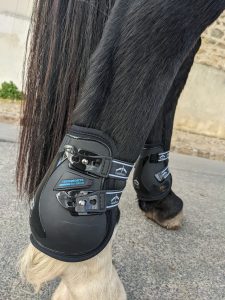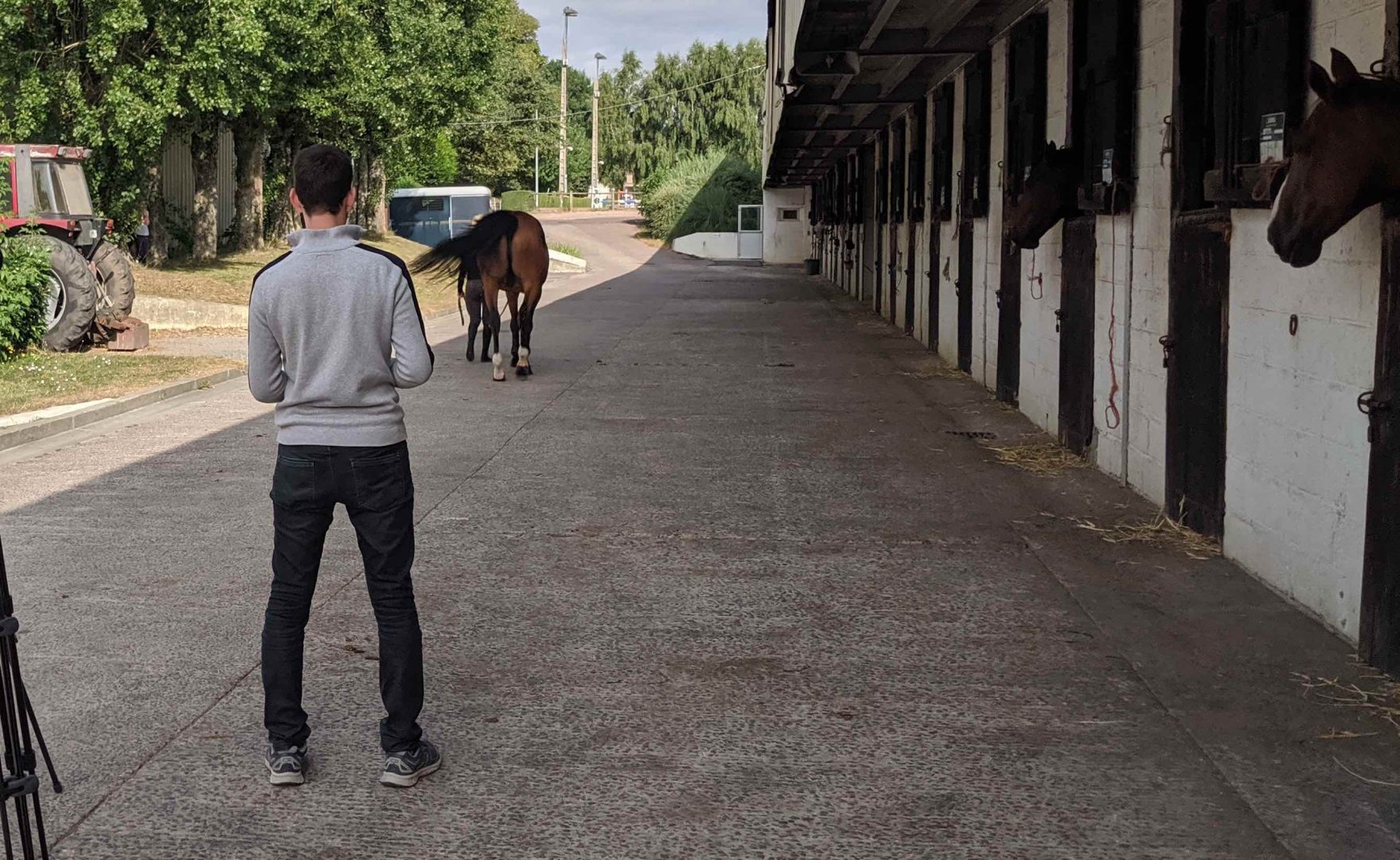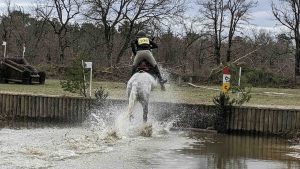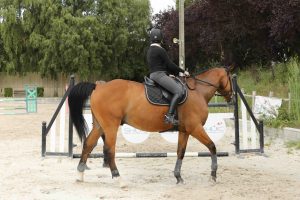
Adrian Harrison, is an Associate Professor in Physiology at Copenhagen University with a special interest in biomechanics & rehabilitation. He is the inventor of the Curo system designed to detect the performance level of a horse’s muscular system. This tool also exists for canines and humans. Dr Harrison is one of the Tendiboots early adopter users.
He shared with us one of his cases and how the objective data supported him in his expertise.
Data in the diagnostic process
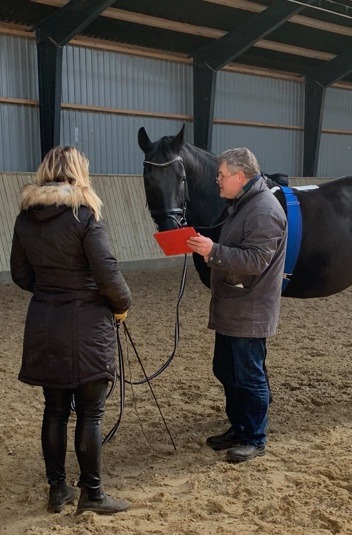
“The Tendiboots revealed an imbalance at the walk and trot – with the left front limb showing a greater force and stance duration.Observed the Dr Harrison.”
“This might leave one to think that the issue is with the front right limb (protected leg), but I also used acoustic myography (AMG) to measure the muscles in the shoulders and hips (m.trapezius and m.gluteus, respectively) – these are muscles I start measuring in a horse I know nothing about.”
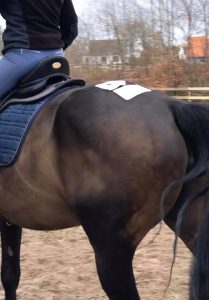
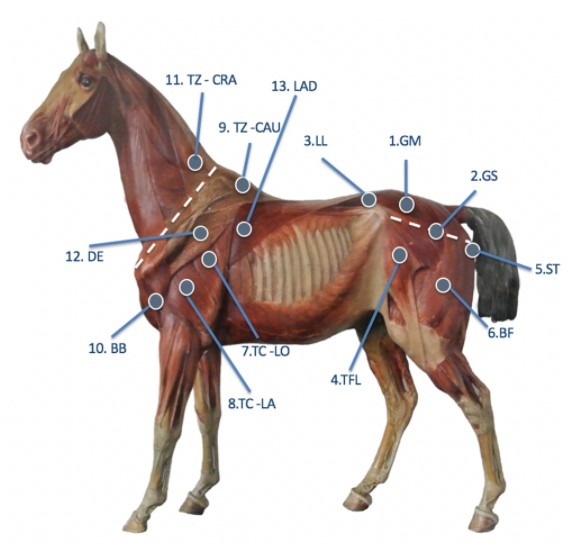
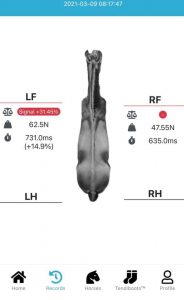
“The AMG data revealed the same information as the Tendiboots, the m.trapezius signal shows an imbalance with the left limb working more than the right (-3 balance score – lower E and S scores for the left limb) .. you can also see from the muscle signal that it is larger for the left [L] limb.”

“However, the AMG signal for the m.gluteus muscle shows that here also there is an imbalance which is a little greater (+5) than the one in the m.trapezius… this muscle signal shows that the right hind limb is working more than the left limb. In fact this now reveals the issue we see with the front limb and that it originates from the left hind limb.”
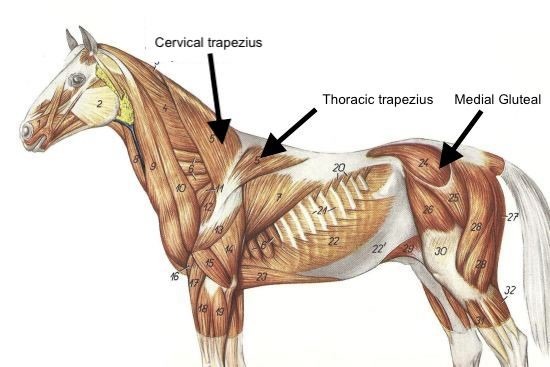
“In the case I present in this article, the horse has a restricted movement in the left hind limb, was over using the right hind limb as a result and that this imbalance in the hind quarters was manifested as the imbalance we saw with the Tendiboots in the front limbs (overuse of the front left leg).”

Customer illustration

“The Tendiboots provide a good means of confirming my AMG muscle signal, and for me it was a quick and easy way of confirming my findings and showing them to the horse owners. concludes Dr Adrian Harrison.” I can’t wait for the hind leg boots now.
